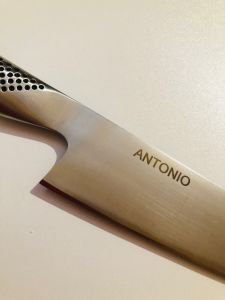Language
WORLDWIDE SHIPPING
Vintage leather case complete with Dick's Hektor and Ajax Red Spirit Series Knives
€359.00
€294.26
Availability:
In stock
Vintage leather case is complete with Dick's Hektor and Ajax Knives from the Red Spirit Series
The elegant leather case has 5 pockets that can be individually equipped and are supplied with the two special Dick Red Spirit Series knives:
- HEKTOR sectioning knife with blade length cm. 26 ideal for cutting large pieces of meat and fish, but also as a “brisket knife” for the barbecue sector.
The curved and long blade is perfect for cutting brisket, in other words the smoked beef brisket on the barbecue, as it allows you to obtain a long and decisive cut.
Even the largest pieces can be cut easily and without interruption.
The alveolar blade reduces the adhesion of the food to be cut to the blade itself.
Dick's HEKTOR Red Spirit Series knife convinces not only with its excellent functionality, but also with its convincing and simple design.
The arched blade 26 cm long. and its uncompromising sharpening make HEKTOR an essential tool for the kitchen and grill.
Complete with scabbard
- Ajax cleaver knife whose design refers to the 1930s, with the extraordinary shape reminiscent of a cleaver, an essential tool for meat processing.
The particular shape of the blade with the wide blade plate and the arched edge is perfect for processing meat and chicken. Thanks to the practical hole in the blade, the knife can be hung up without problems.
The perfect knife for all lovers of grilled and meat, who appreciate the character and value the particularity.
The thickness is thinner than a cleaver, suitable for cutting meat and cartilage.
Blade length cm. 20
Complete with scabbard
The case has dimensions 45 x 47 cm.
FAQs

 IT
IT FR
FR
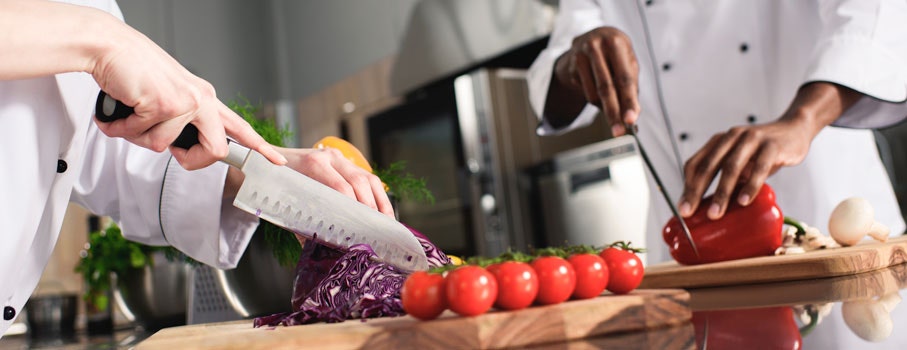
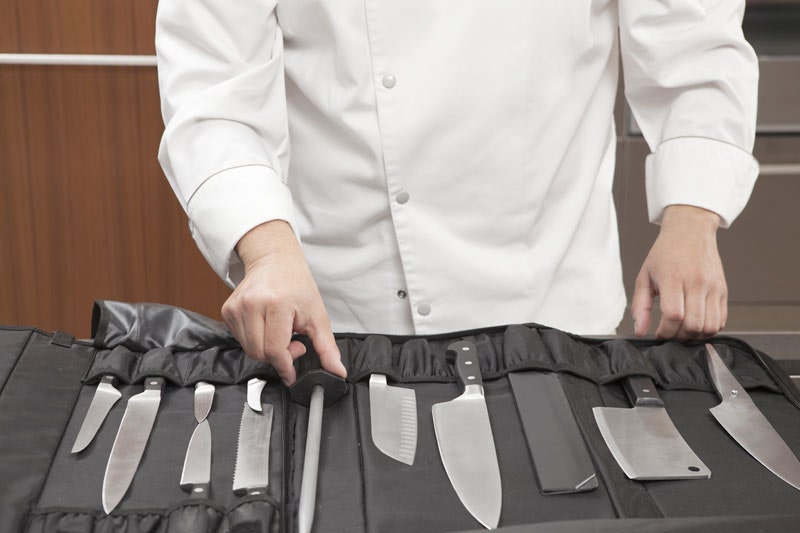
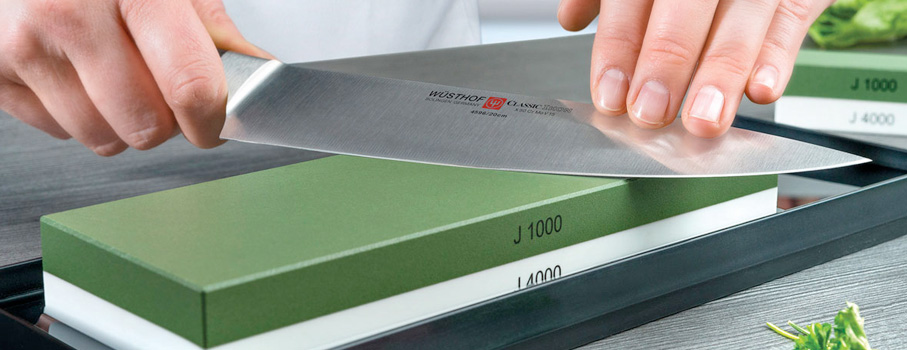
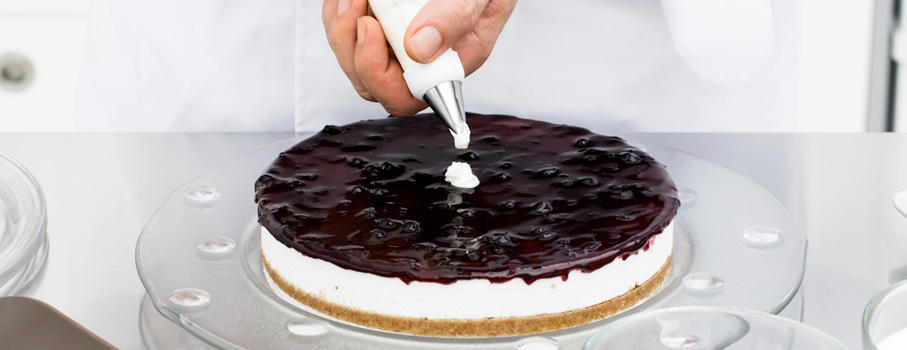

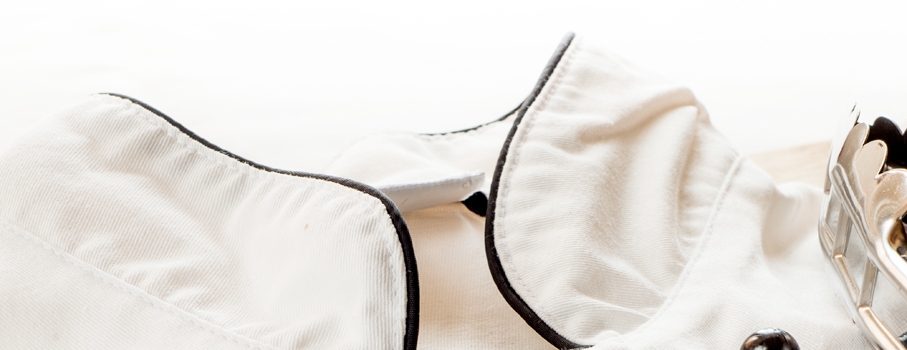
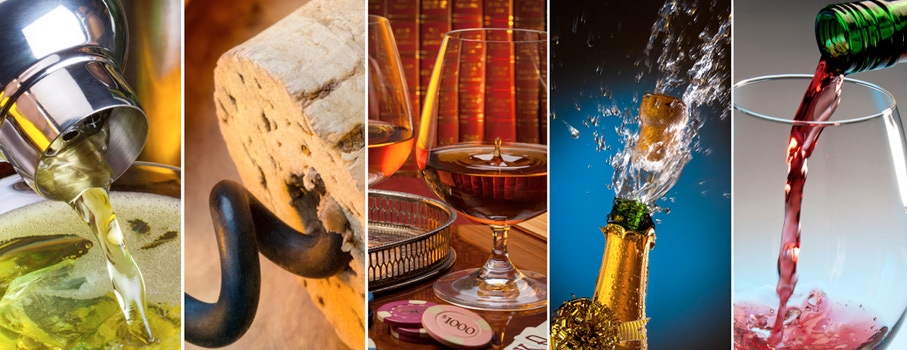
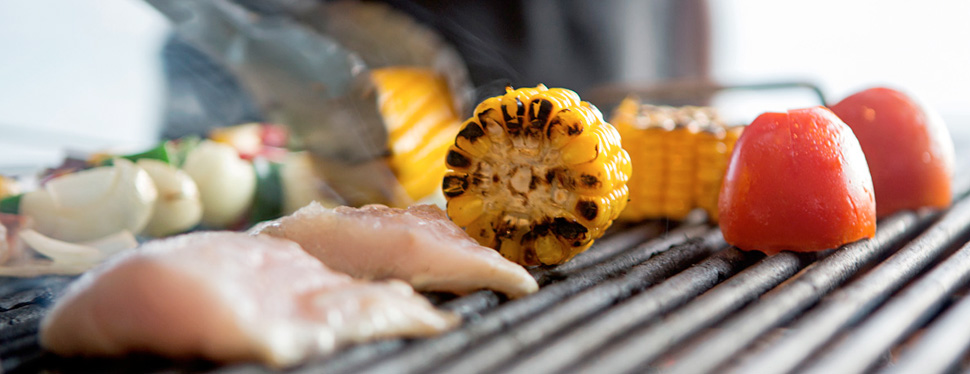

 IT
IT FR
FR
